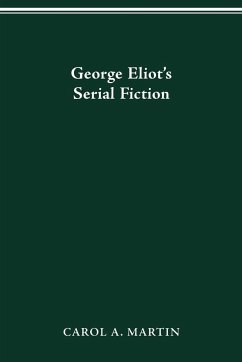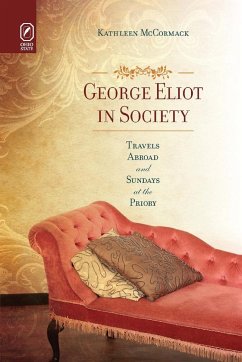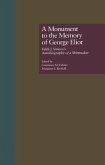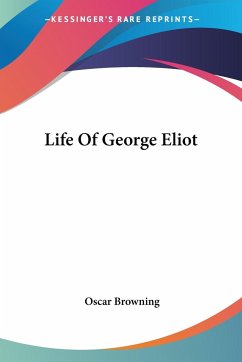Serialization was a form of publication used extensively by many Victorian writers, although it was primarily associated with more dramatic and sensationalist novelists than George Eliot. Reviewers of Eliot's Middlemarch note that many serial installments would "leave their heroine in a position of perplexity of peril. Either she has run away from home, or is left on London Bridge with only fourpence-halfpenny and an opera cloak; or her soul has been softened by the charm of a dragoon, who has killed his first wife." But George Eliot offered only "the commonest incidents of daily life." To some, Eliot seemed a figure apart, aloof not only from Victorian sensationalism but from the entire world of serial publication. Yet half of her book-length fiction originally appeared in installments, either in magazines or in eight bi-monthly or monthly individual parts. She also originally planned to serialize Adam Bede and The Mill on the Floss. Carol A. Martin traces the development of Eliot's technique as a serial writer, exposing the sometimes conflicting demands of serial and whole work and the challenges of serialization: meeting deadlines, overcoming anxieties about public response to a work in progress, and deciding whether to hold fast to artistic vision when response was negative or to reconcile artistry to commercial demands. Martin incorporates material from Eliot's manuscripts, unpublished letters, journal entries, and original reviews, most of which are not indexed or reprinted elsewhere. This engaging study will be of great interest to scholars and students of Victorian literature, especially that by women writers. Carol A. Martin is professor of English at Boise State University, where she also serves as department chairperson. She has published extensively in Victorian Periodicals Review, Studies in the Novel, Nineteenth-Century Fiction, and Victorian Newsletter.








